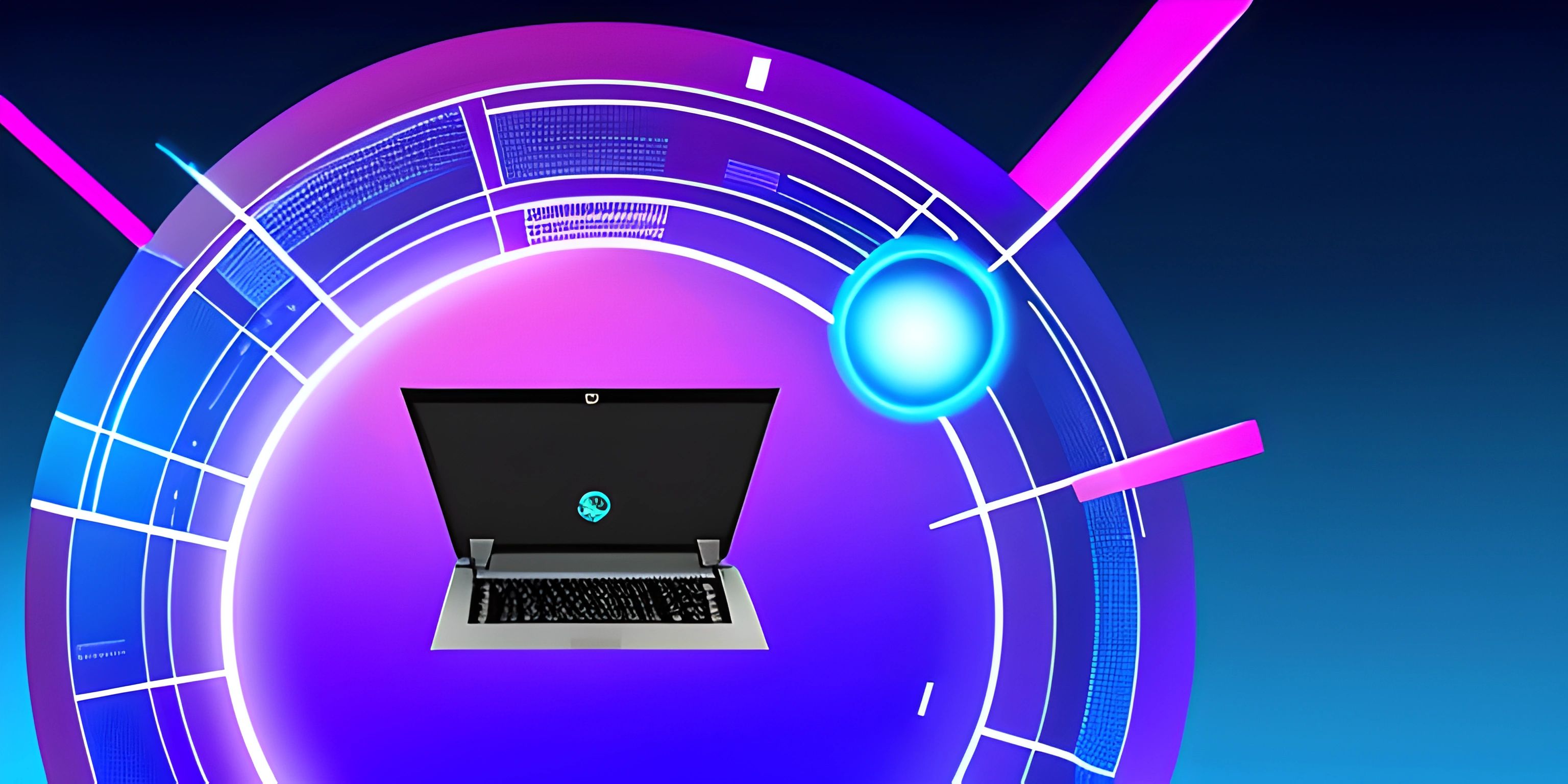Progressive Web Apps: A Modern Web Experience

Note: this page has been created with the use of AI. Please take caution, and note that the content of this page does not necessarily reflect the opinion of Cratecode.
Progressive Web Apps (PWAs) have been making waves in the world of web development, offering a modern and engaging way to create web experiences that feel like native apps. With their unique blend of features, PWAs bridge the gap between websites and native apps, providing users with the best of both worlds. Let's dive into the benefits of PWAs and see how they can elevate your web presence.
Responsive Design
One of the key benefits of PWAs is their responsive design, which ensures a seamless experience across various devices, screen sizes, and resolutions. This adaptability creates a consistent user experience, whether on a mobile phone, tablet, or desktop.
<!DOCTYPE html>
<html lang="en">
<head>
<meta charset="UTF-8">
<meta name="viewport" content="width=device-width, initial-scale=1.0">
<title>My PWA</title>
</head>
<body>
<h1>Welcome to My Progressive Web App</h1>
<!-- Your PWA content goes here -->
</body>
</html>Here's a basic PWA template with a responsive viewport setting. This enables the PWA to automatically scale and adapt to different devices.
Offline Functionality
PWAs can work offline or with poor network connections, thanks to Service Workers. Service Workers are JavaScript files that run in the background, managing network requests, caching resources, and more. This offline functionality helps PWAs deliver fast and reliable performance, even in challenging conditions.
// Register a Service Worker
if ('serviceWorker' in navigator) {
navigator.serviceWorker.register('/sw.js').then(registration => {
console.log('Service Worker registered!', registration);
}).catch(error => {
console.log('Service Worker registration failed!', error);
});
}This JavaScript snippet registers a Service Worker (sw.js) which can be used to cache resources and enable offline functionality.
Improved Performance
PWAs are designed to be fast and efficient, often delivering better performance than traditional websites. Through techniques like lazy loading, caching, and optimizing images, PWAs ensure quick load times and smooth user interactions.
App-like Experience
PWAs are built to offer an app-like experience, complete with a home screen icon, full-screen mode, and native app-style navigation. Users can install PWAs directly from their browser without the need to visit an app store. This frictionless installation process helps increase user engagement and retention.
Push Notifications
One of the most powerful features of PWAs is the ability to send push notifications, just like native apps. By leveraging the Push API and Notification API, PWAs can keep users informed and engaged with real-time updates, reminders, and personalized content.
Conclusion
Progressive Web Apps offer a compelling alternative to traditional websites and native apps, combining the best of both worlds in a sleek, modern package. With their responsive design, offline functionality, improved performance, app-like experience, and push notifications, PWAs create an engaging and user-friendly web experience that's hard to beat. If you're looking to elevate your web presence, consider embracing the power of PWAs.
Hey there! Want to learn more? Cratecode is an online learning platform that lets you forge your own path. Click here to check out a lesson: Web Frameworks (React) (psst, it's free!).





